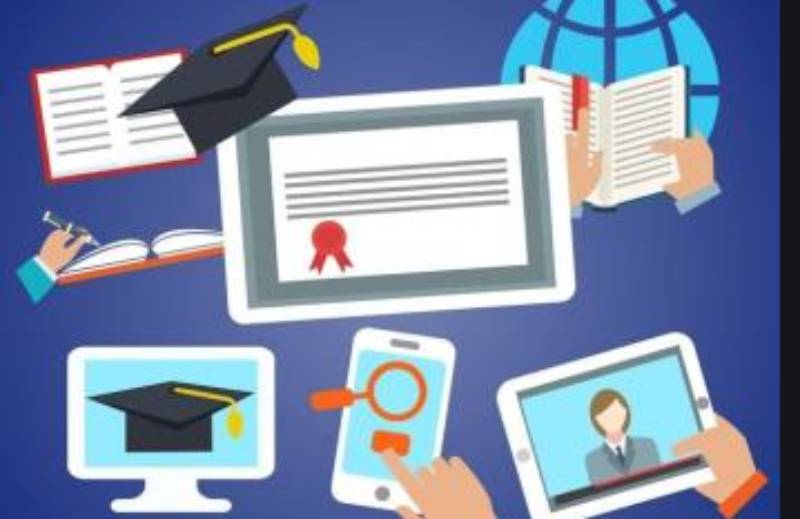×
The Standard e-Paper
Join Thousands of Readers

One year ago coronavirus came to our shores. Expectedly, and rightly so, the government shut down schools in an unprecedented move to protect children and the public from the novel virus. Schools have reopened even as the virus continues to surge. As we mark one year during which the government has walked a tight rope in containing the virus while stemming potential economic collapse, it is time to reflect on the insidious implications of battling coronavirus.